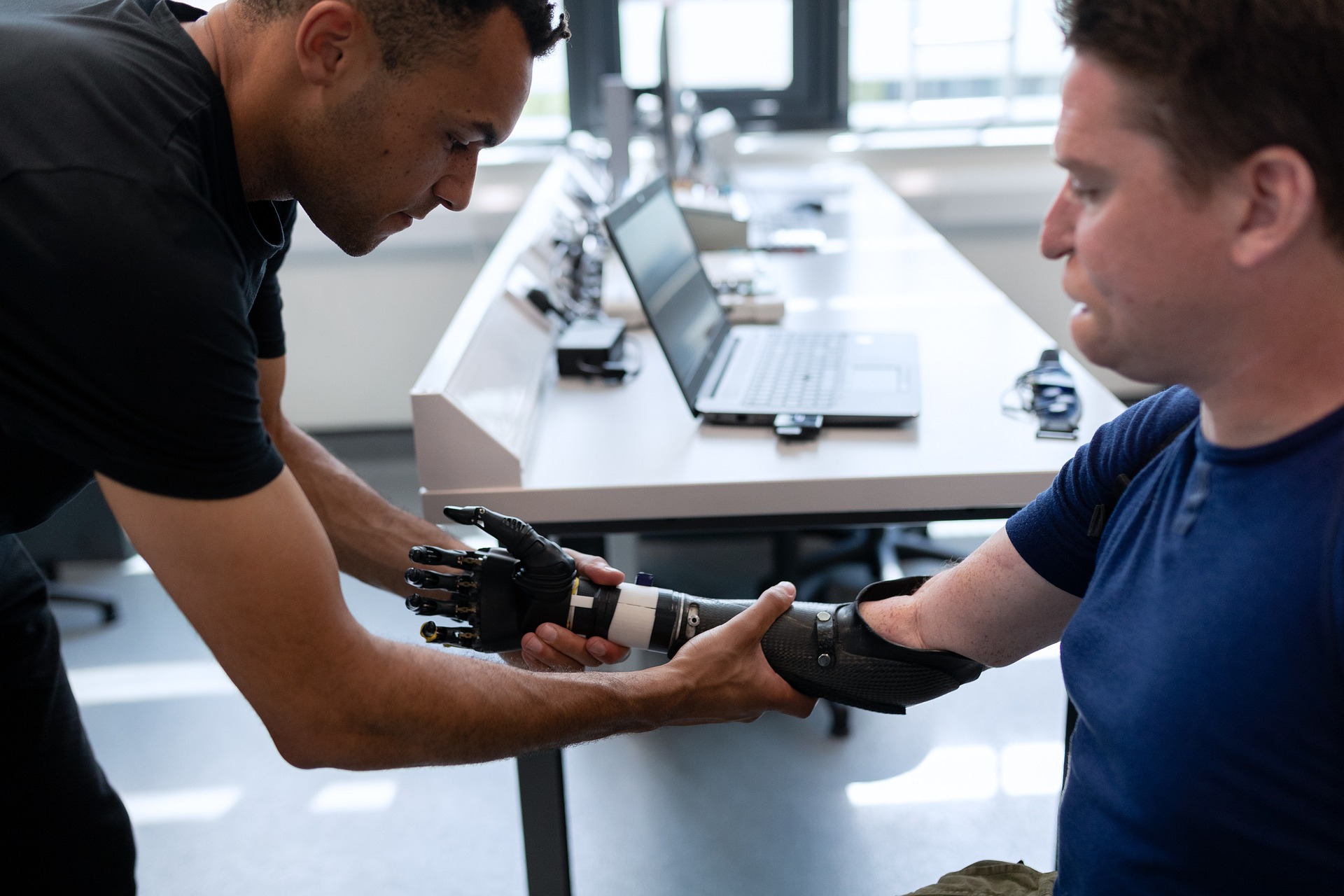Diving into the Dawn of Cybernetic Prosthetics: A Vision of the Near Future
Step into the world of cybernetic prosthetics and discover how this cutting-edge technology is empowering humanity to overcome physical limitations like never before.

A Journey Through Time: The History of Prosthetics
Prosthetics have been a part of human history since the earliest civilizations. From the rudimentary wooden limbs of ancient Egypt to the iron hand of Götz von Berlichingen, a 16th-century German knight, the human desire to overcome physical boundaries has been a constant theme. However, the past few decades have seen an explosion in technological advancements, leading us to the dawn of cybernetic prosthetics.
The Dawn of a New Era: Introduction of Cybernetic Prosthetics
The 21st century saw the emergence of cybernetics in the field of prosthetics. These prosthetics are not just static replacements for missing limbs but dynamic, responsive tools that connect intimately with the body. They can interpret electrical signals from the brain or muscles, allowing users to control their prosthetic limbs as naturally as their biological ones.
Today’s News: The Leap Forward in Cybernetic Prosthetics
The latest breakthrough came with the development of sensory feedback systems. Now, not only can users control their prosthetics with their thoughts, but they can also feel with them. This is made possible through sensors on the prosthetic, which relay information back to the wearer’s nervous system.
Price and Impact: The Cost of Cutting-Edge Technology
As with most pioneering technologies, cybernetic prosthetics come with a hefty price tag. A single cybernetic limb can cost anywhere from $20,000 to $100,000, understandably placing it out of reach for many who could benefit from it. However, the impact of this technology is undeniable. It offers a level of physical functionality that traditional prosthetics cannot match, transforming lives and challenging our understanding of what it means to be human.
The Future Path: What’s Next for Cybernetic Prosthetics?
While the high cost is a barrier, the rapidly evolving nature of technology gives hope that cybernetic prosthetics will become more accessible in the future. The focus of development is on improving functionality, enhancing user comfort, and reducing costs. With time, we can expect to see more sophisticated prosthetics, perhaps even surpassing the abilities of natural limbs.
The world of cybernetic prosthetics is a testament to human innovation. As we continue to push technological boundaries, we are not just creating tools; we are extending our capabilities, reshaping our bodies, and redefining the potential of humanity.




